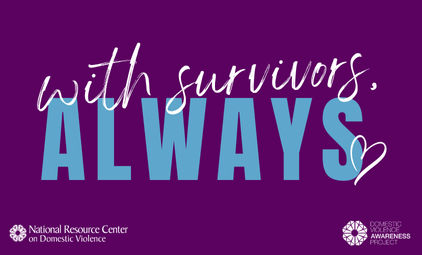The primary purpose of this paper is to provide an overview of how estimates of sexual violence in the United States are produced, with particular emphasis on major sources of rape statistics at the national level. Rape statistics are generated from two sources: (1) cases reported to law enforcement and (2) victimization surveys. Several broad conclusions may be drawn from the estimates discussed in this paper:
First, recent data suggest that fewer than one-in-six women report their rape experiences to the police (Kilpatrick et al., 2007). Reports like the Uniform Crime Report (UCR), which rely on estimates from reported and founded cases of rape only, will grossly underestimate the total occurrence of rape.
Second, the measurement of rape appears highly dependent on the sensitivity of the assessment. Behaviorally specific (as opposed to relying on labels such as "sexual assault") questions that include assessment of experiences of oral and anal penetration by a penis, fingers, or other objects (as opposed to those only measuring forced vaginal penetration by a penis) provide a more comprehensive survey of rape in America. Because the UCR and National Crime Victimization Survey (NCVS) estimates are not based on these more sensitive assessments of rape, they produce national estimates that are lower than those produced by other studies (such as the National Women's Study (NWS), National Violence Against Women Survey (NVAWS), and National Women's Study-Replication (NWS-R)).
Third, the definition of rape provided by the Federal Criminal Code includes experiences where the victim is too intoxicated or impaired by substances to provide consent. To date, only one nationally representative study specifically assessed experiences of drug-alcohol facilitated and incapacitated rape (NWS-R). Data suggest reporting rates for drug-alcohol facilitated and incapacitated rape experiences are even lower than reporting rates for forcible rape experiences (Kilpatrick et al., 2007).
In addition, there are other factors to keep in mind when evaluating these and other rape statistics. The type of population sampled can have an influence on prevalence rates. Method of assessment is also worth noting. Most of the victimization surveys discussed in this paper employed random-digit-dial methods to select their sample and interviewed their participants via telephone. The use of telephone self-report limits the data available to those who are: (1) contactable by phone (e.g. not institutionalized, residing in a home, having a home phone line as opposed to a cell phone), and (2) willing to participate in a research survey (participation rates/cooperation vary by study and should be noted). Additionally, all self-report methods are subject to recall bias. The assessment of lifetime rape experiences may be more susceptible in this respect given the length of time from which women are asked to recall. In addition, none of the studies included specifically assessed for statutory rape.
The data discussed in this paper suggest that the burden of forcible rape on women in the U.S. appears to have increased since the NWS was completed in the early 1990s. This indicates that we must not only continue to monitor rape in America, but also to maintain a continued focus on the prevention of rape and the provision of services to victims. By maintaining an awareness of how and which respondents are selected, how rape is defined by the study, which questions are used to assess rape, how data is analyzed, and what information is being presented, the reader is well-equipped to maneuver through the various available information and walk away with a clearer understanding of the impact and burden of rape victimization in America.
| Attachment | Size |
|---|---|
| Understanding National Rape Statistics | 646.07 KB |














